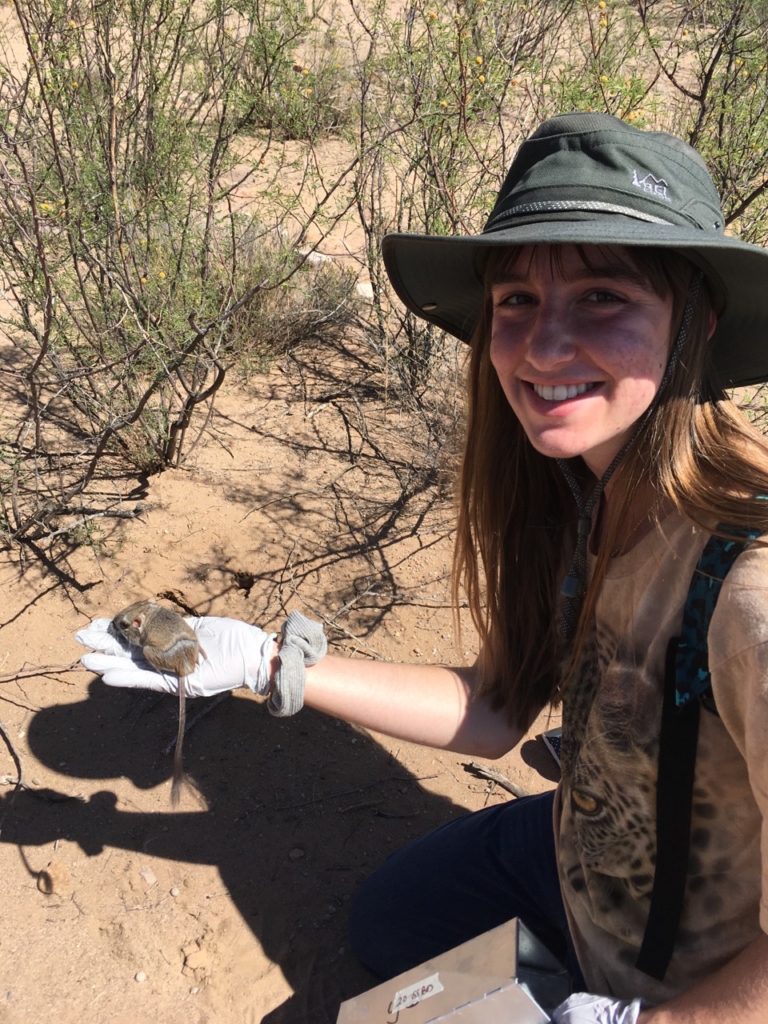
One of my favorite classes that I took in my undergrad was ECOL 485: Mammalogy (fall 2018). Considering I’ve always wanted to work with mammals, particularly big cats, the class helped set a strong foundation for my future career. In addition to learning about species’ physiology, distribution, behavior, diversity, adaptations, and ecology (my personal favorite!), there was also an immense amount of taxonomy involved. Our class learned the characteristics of numerous mammal orders around the world, as well as the scientific classifications and names of nearly every mammal in Arizona (including rodents and bats)! Thus it was also one of the most challenging, yet rewarding, courses I’ve ever taken. At the time of this post, there are ~144 native mammal species in Arizona (+5 introduced), and over 400 total in North America. See this post for an explanation of why Arizona has such high biodiversity.
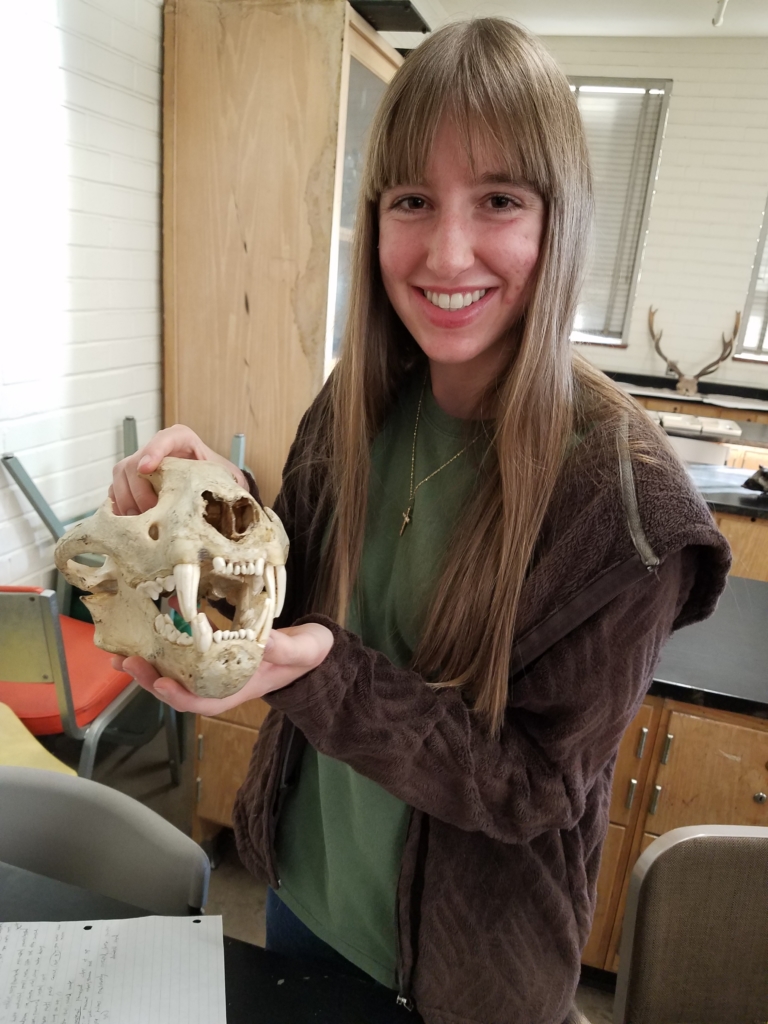
Another enjoyable aspect of the class was a field trip to the Southwestern Research Station, nestled within the Chiricahua Mountains in Portal, Arizona. Here the class went small mammal trapping, bat mist netting, and night spotlighting! This included keeping a journal of our activities, a species account of animals on which we took detailed notes, and a species catalog of the bats and rodents we trapped and documented (for the latter: species, age, sex, weight, reproductive state, measurements of the body, tail, right hind foot, and ear, etc.). Though the trip was only for a weekend, it felt much longer as our agenda was frequently packed! Prior to going to bed that first night, we headed down to the trapping site, documented any species (such as deer) we saw along the way, and then split into groups of two where each group set 25 labeled Sherman traps. These were spaced around 10 meters apart and were marked with numbered, bright flagging tape. Upon getting up early the next morning at around 4:30 or 5:00, we returned to the site and checked our traps, keeping the bright flagging tape up to ensure we would afterwards release the rodents where we caught them. The animals were then released in the afternoon after we had taken all the relevant data, allowing us to wash the traps, take down the tape, move to another site, and repeat the process down another transect. Evenings were then dedicated to both bat mist netting where we also documented the species’ age, sex, and reproductive state, and night spotlighting that involved finding skunks, foxes, and deer. Lastly, any brief free time was spent swimming in the pool, studying for our exam the following week, or napping! It was truly an amazing experience, especially seeing the wildlife active both late at night and early in the morning. We even saw a bear on our first day on the way into camp, plus a coati on our last day who foraged in a tree several meters away from us!!
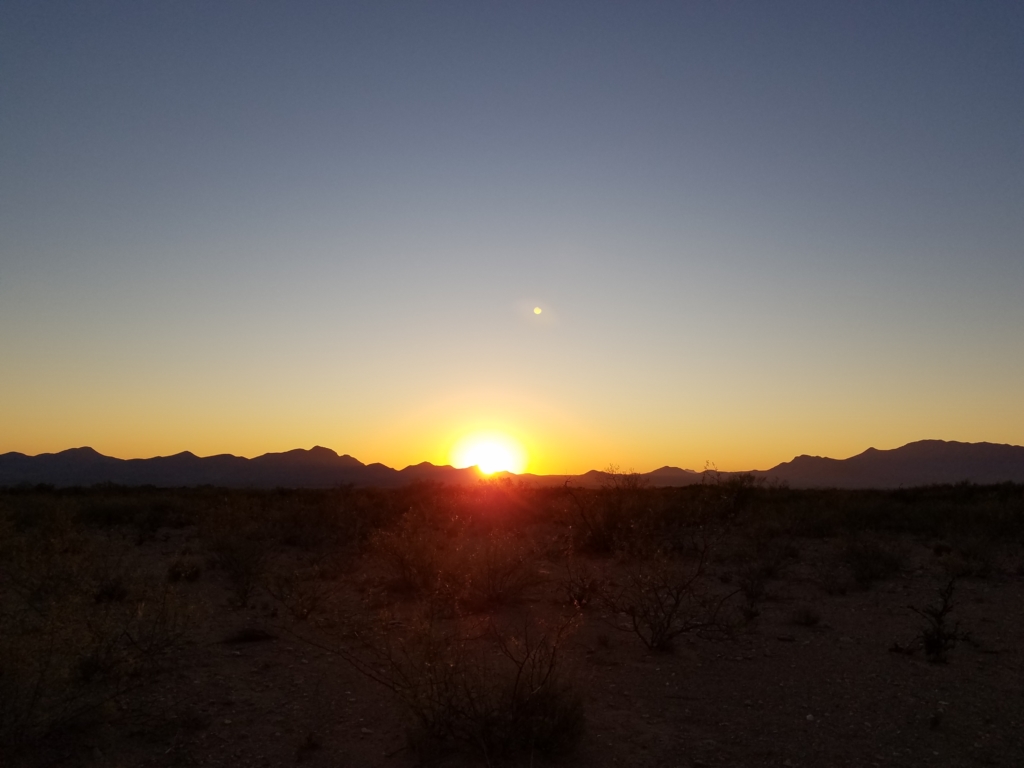
Sunrise 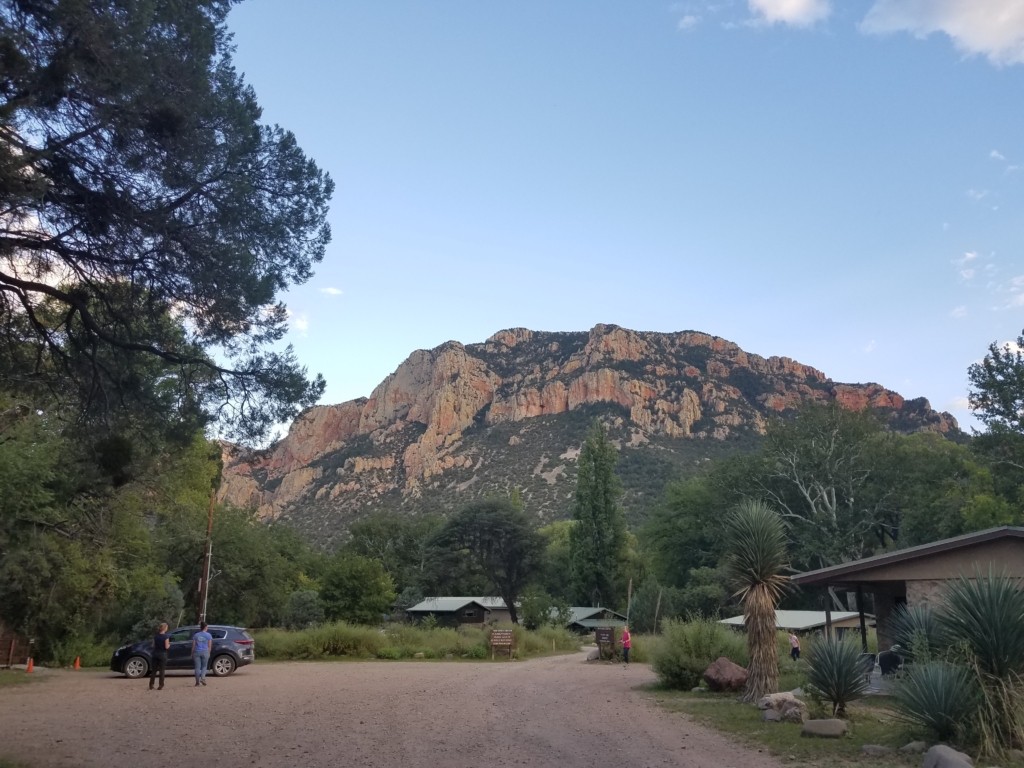
View at Camp
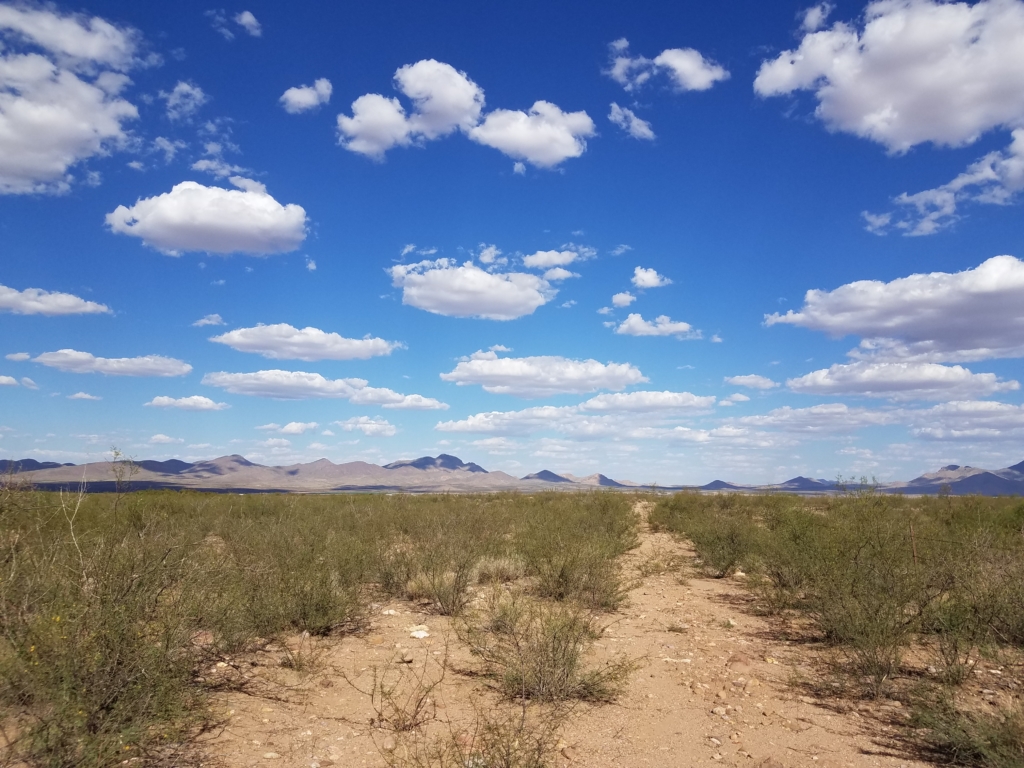

Holding a pocket mouse (Chaetodipus penicillatus) 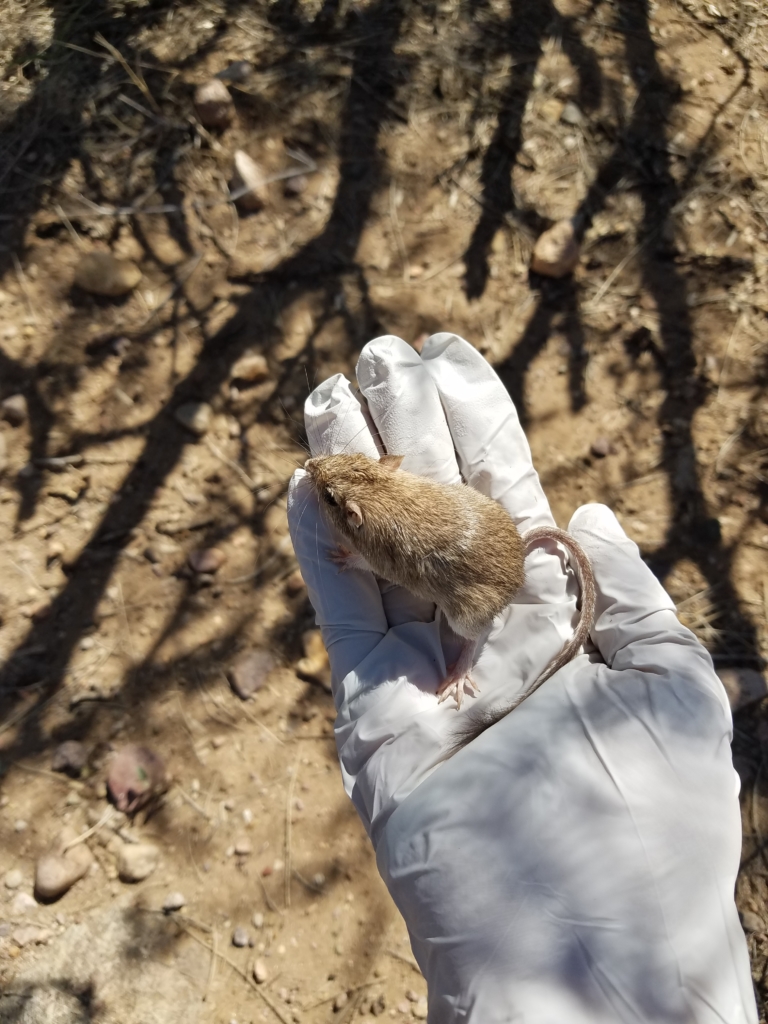
Releasing a pocket mouse (Chaetodipus penicillatus)
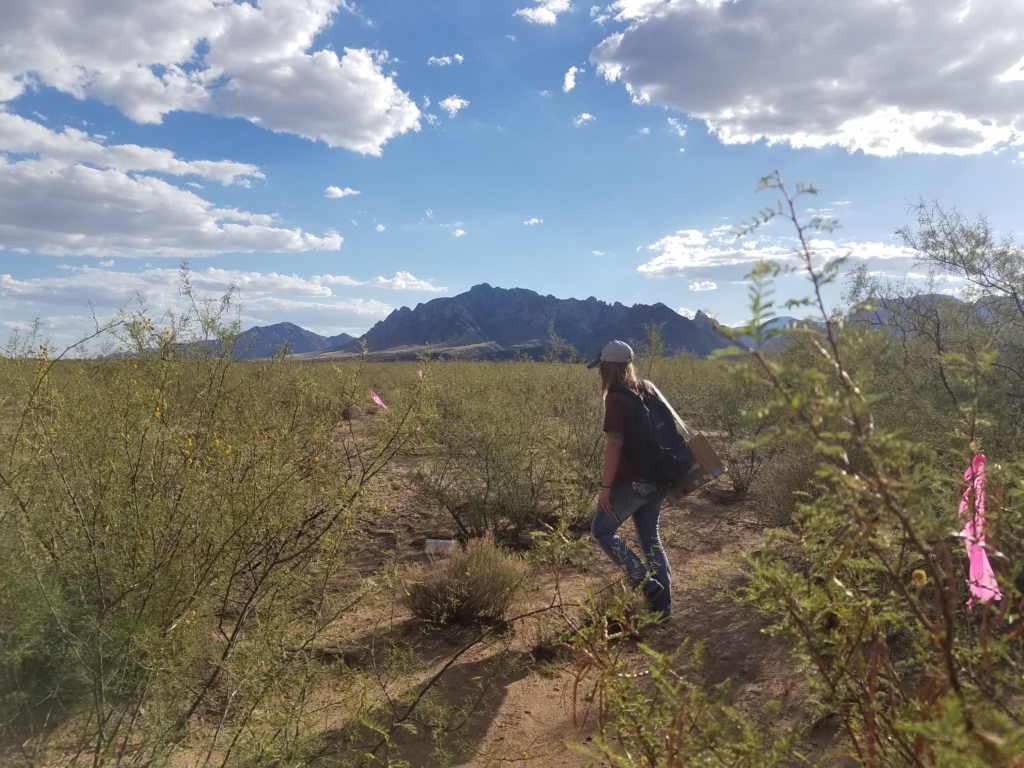
Using flagging tape 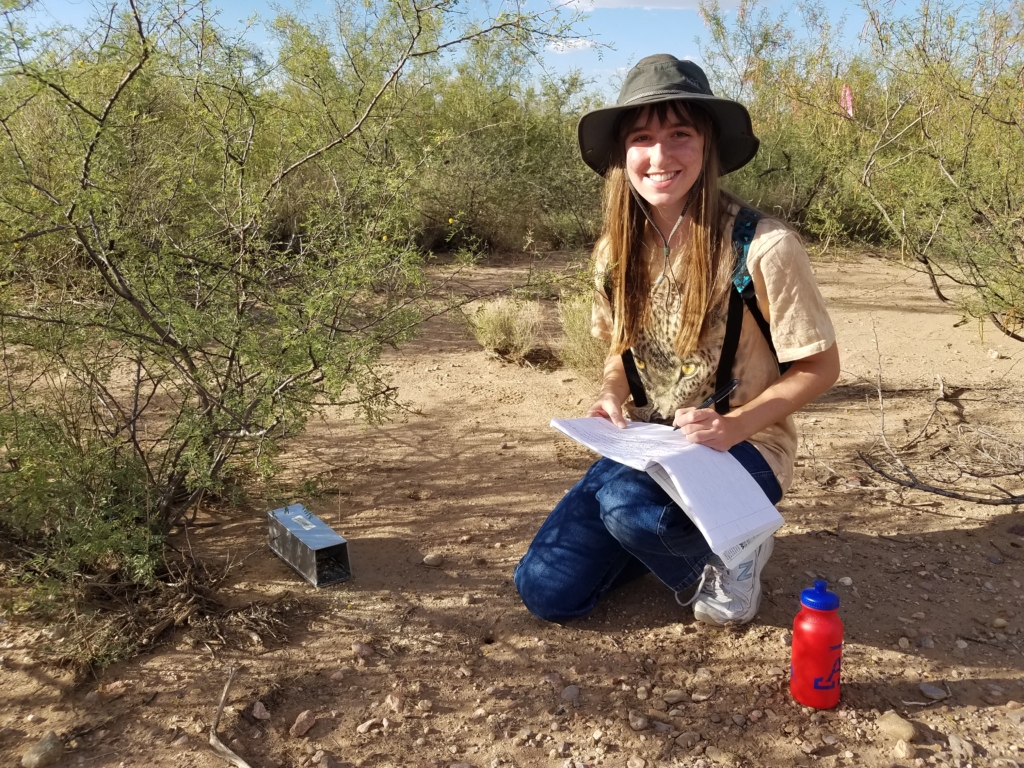
With a Sherman trap
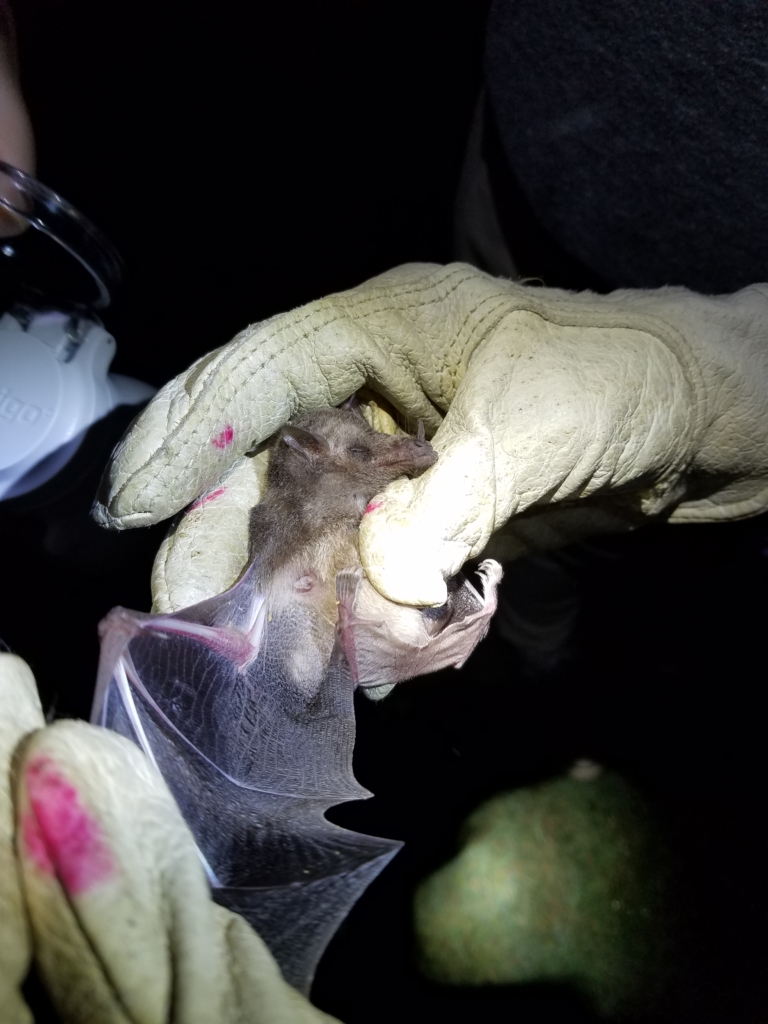
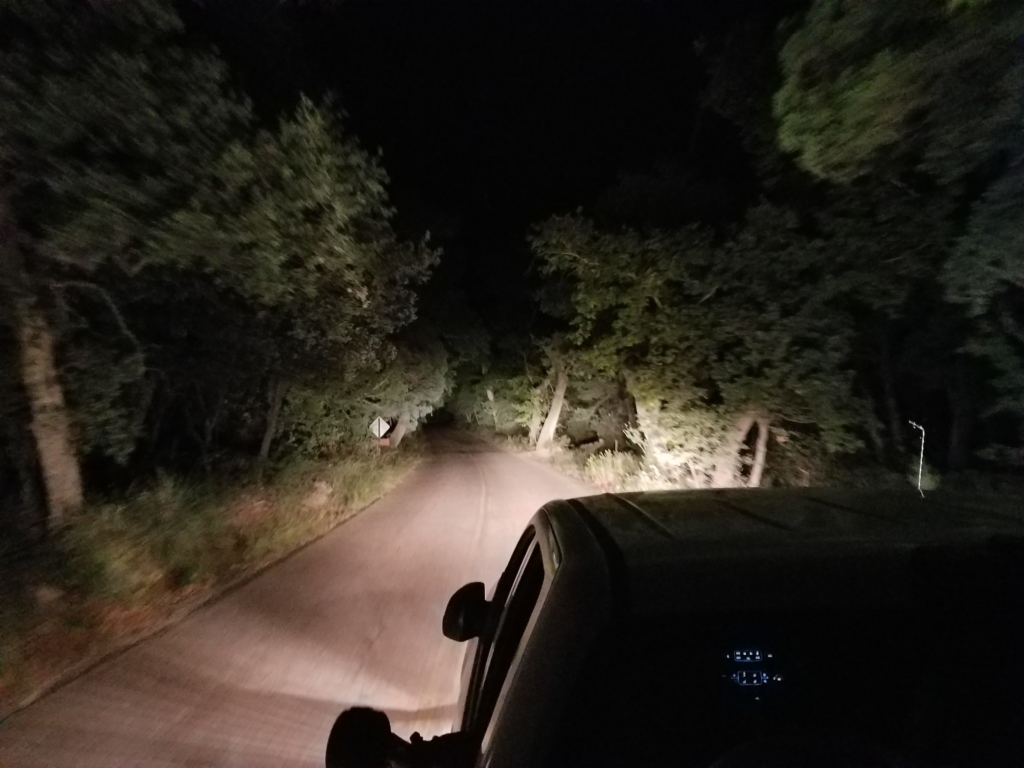
Night Spotlighting 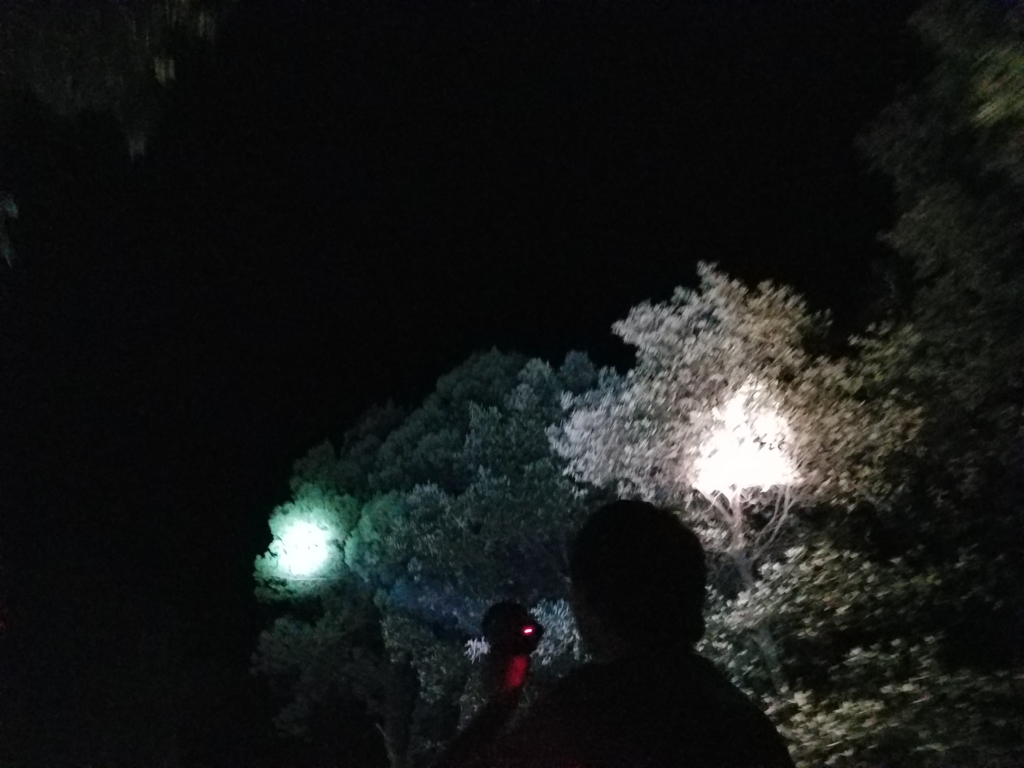
Searching for Critters
In addition to the volume of material we had to study, our teacher required us to write a research proposal formatted according to the guidelines outlined by the Journal of Mammalogy. This is a peer-reviewed journal by the American Society of Mammalogists. Considering we were not able to actually carry out the research, we only had to write the introduction, methods, and include a literature cited section. Attached below is my proposal; I chose to examine whether lions demonstrate prey-switching behavior between the wet and dry seasons in Chobe National Park, Botswana. Overall this was a phenomenal opportunity to improve my writing skills, practice peer-review, and familiarize myself with current, relevant literature in my field of interest.